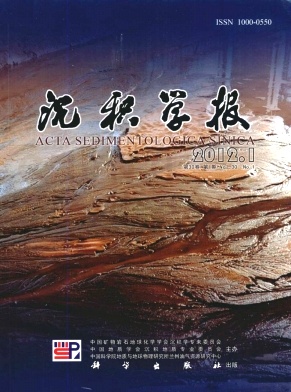Heavy Metal Pollution History Inferred from East Taihu Lake Cores Sediment
- Publish Date: 2012-02-10
-
Key words:
- East Taihu Lake /
- sediment /
- heavy metal /
- pollution /
Abstract: Taihu Lake is the third largest freshwater lake in China. East Taihu Lake with an area of 131 km2 and water depth of 0.9 m, dominated by macrophyte, is important drinking water source of Suzhou and Shanghai City. Sedimentary cores named DJZ and DQG were collected from East Taihu Lake in 2009 using gravity corer. The length of DJZ and DQG is 59 and 33 cm, respectively. Radio nuclides including 210Pb and 137Cs were also analyzed for dating the sediments at both cores. Sediment accumulation rate (SAR) of DQG was averaged to be 0.15 g/cm2/a based on 1963 dating marker of 137Cs. At DJZ core, SAR was higher relative to DQG core showing variation between 1.0~2.0 g/cm2/a. Elements including copper, lead, zinc, chromium, nickel, ferrum and others were analyzed for the purpose of understanding metal accumulation and human impact at East Taihu Lake combined with dating results. Between bottom to 30 cm, Cu, Pb, Zn, Cr and Ni in DJZ core showed increase trend. In the upper 30 cm sediments of DJZ core, the profiles of Pb, Cr and Ni showed relatively constant value while Cu and Zn demonstated upward increase in these sections. The average contents of Cu, Pb, Zn, Cr and Ni in DQG core were 22.34, 50.83, 98.35, 66.19, 26.74 mg/kg respectively for sediments between 0 and 9 cm, while 13.18, 26.25, 46.33, 58.95, 20.45 mg/kg for 9~33 cm sediments. In this paper Fe element as a proxy of grain size was selected for normalization and calculation of metal enrichment factor (EF) and anthropogenic heavy metal fluxes. The results showed that, except the cores surface sediment, Pb, Zn, Cu, Cr and Ni enrichment factors did not exceed 2, and EF of Cr and Ni was nearly 1. It was revealed that the heavy metals including lead, copper, zinc were continuously enriched in recent decades, especially since the 1970s at East Taihu Lake. From 1970s to 1990s anthropogenic fluxes of Pb, Zn, Cu changed slightly, and then increased corresponding to development of industry in catchment. Since early 2000s, the total and anthropogenic Pb fluxes declined, which may be due to forbidden use of leaded petrol in China and adjustment of industrial structure in basin in the period.
| Citation: | Heavy Metal Pollution History Inferred from East Taihu Lake Cores Sediment[J]. Acta Sedimentologica Sinica, 2012, 30(1): 158-165. |






 DownLoad:
DownLoad: